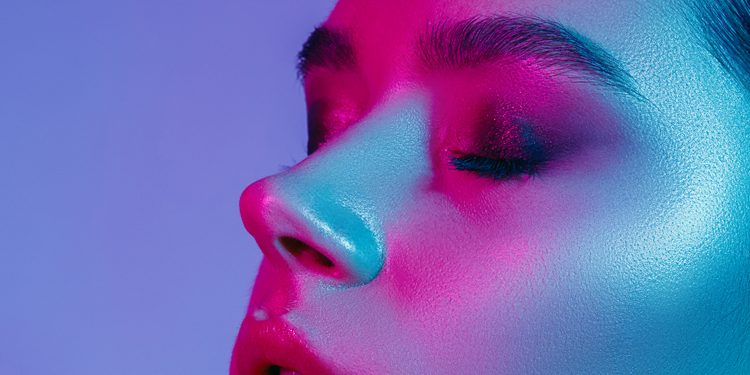
For more information, you can send a message. Our experts will call you as soon as possible.
Rhinoplasty (Nose Surgery)
The aesthetics of the nose, rhinoplasty, can be simply defined as the remodeling of the nose. Deformities in the nose can be congenital or acquired later due to trauma or surgery. These deformities often cause dysfunction in addition to cosmetic problems. A successful rhinoplasty surgery aims to restore function while giving the nose an ideal shape. Considering that the function of the nose is to provide air passage and to make the inhaled air suitable for the body, it will be understood how important a thorough surgery is.

Rhinoplasty is perhaps at the top of many surgeons' list of "most difficult plastic surgeries." The complex anatomical structure of the nose, which varies from person to person, is undoubtedly one of the reasons for this difficulty, but the main difficulty is in maintaining "balance". Namely; There are three questions that should be asked after evaluating the patient requesting rhinoplasty:
The more harmony and balance achieved between the answers to these three questions, the more successful the surgery will be. Here lies the main difficulty of rhinoplasty. Since these questions have different answers for each patient, the results obtained will also be unique. Thus, we protect you from the appearance of a "made nose", which are similar to each other, with the tip excessively raised, and which seems to have been added to the face later. A well-made nose is at a proper angle to other parts of the face such as the forehead and chin, at the proper height, and is free of artifacts. So it doesn't look like it's "done". That's why people you just met won't ask you "Have you had plastic surgery on your nose?"
Rhinoplasty can be performed with an open or closed technique. The technique to be used depends on the current structure of the nose, the severity of the deformity, and the experience of the surgeon. Each technique has its own advantages and disadvantages. However, the perception that "there is no swelling and bruising in closed rhinoplasty, the recovery will be faster", which is common in society, is definitely not true. Less swelling and bruising depends on the quality of the surgery, the patient's build, and the meticulousness of the surgeon rather than the location of the incision. The sub-bone and cartilage membrane level also reduces the likelihood and severity of swelling and bruising, as it causes less bleeding and less soft tissue damage.
We prefer our patients to be over the age of 18 for rhinoplasty. However, with the approval of the family, we can do it at a slightly earlier age in cases of severe deformity and functional disorders that will reduce the quality of life. Although local anesthesia may be preferred in cases where the deformity is low, I find it more appropriate to perform rhinoplasty operations under general anesthesia. I believe that the comfort of the patient during the operation positively influences the recovery in the postoperative period. The operation lasts 2 to 3 hours on average. When you come out of surgery, you will have a tampon and a splint in your nose. After 1 week, your tampons, stitches, and nasal splint, if applicable, will be completely removed. After the splint is removed, the nose will need to be bandaged for an average of 1 week. This helps reduce swelling after surgery. It takes 6 months to 1 year for the swelling to go away completely. However, by the end of the first month, 50-60% of the swelling will be gone. As for when you will return to work after surgery; It depends on you and the work you do. If you have a desk job, you can start working even a few days after surgery. However, if you want to start after getting rid of the first effects of the surgery, you will have to wait 10 days. Another important issue is the use of glasses. I recommend that you do not wear glasses for at least 2-3 months after surgery. Therefore, if you wear prescription glasses, you will need to take precautions before surgery (such as wearing glasses).